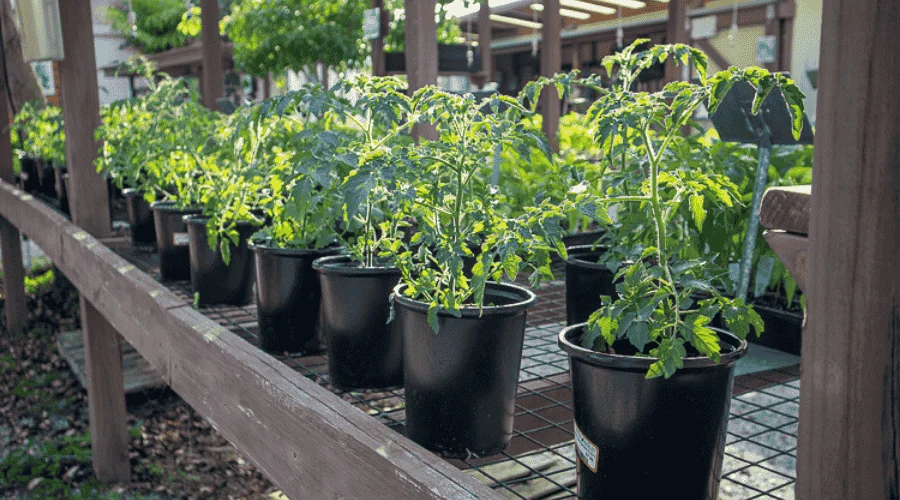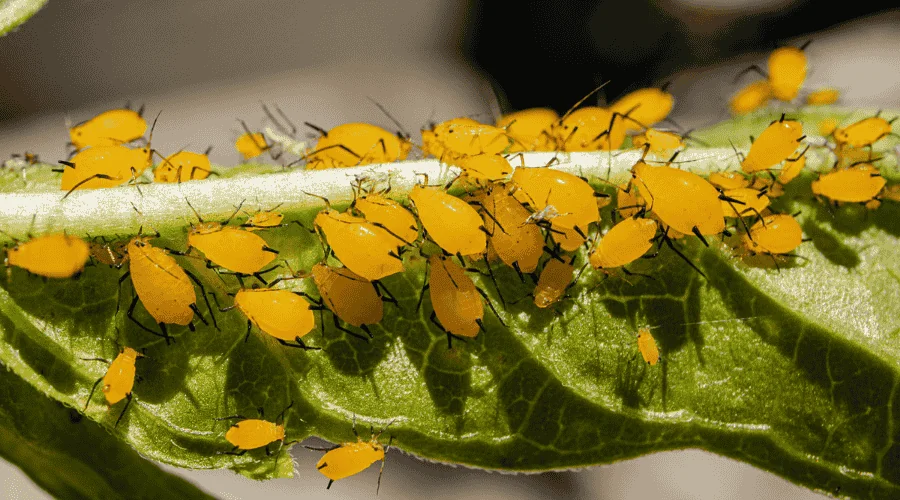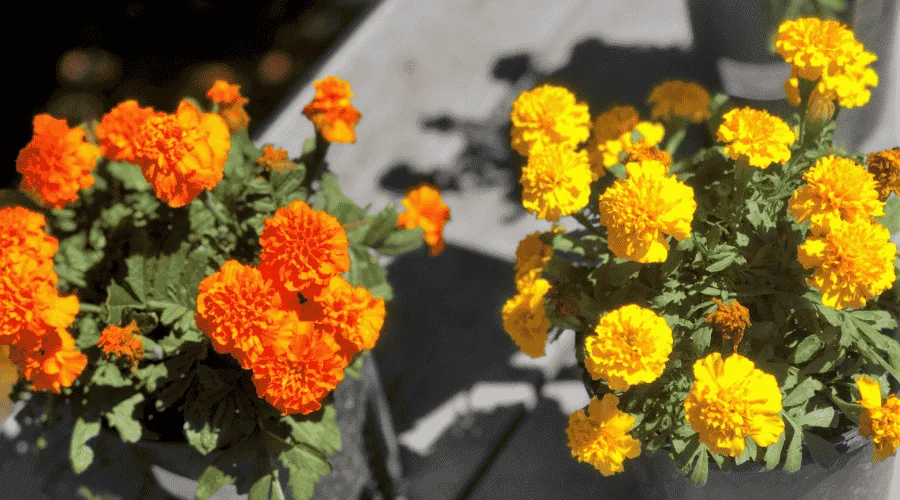By Amanda Rose Newton
If you garden in Florida long enough, someone will hand you a tiny, candy-sweet tomato and say it’s an “Everglades.” The name usually refers to a small, wild-looking cherry/currant tomato that shrugs off our heat, humidity, and summer rain. Botanically, it’s closest to the currant tomato (Solanum pimpinellifolium) or a Florida-naturalized landrace derived from it. Over decades, birds and gardeners spread it down fences and across backyard trellises, and it became a beloved, Florida-friendly staple—especially when regular tomatoes quit in the steamy months.

Flavor & kitchen uses
- Taste: bright, sweet, and intensely “tomatoey,” with a little tang.
- Texture: thin skin, juicy pop.
- Use them: fresh by the handful, on salads, tossed onto hot pizza or pasta so they “burst,” quick-roasted for a concentrated sauce, or my favorite, dehydrated into “tomato raisins.”

Why Everglades shines in Florida
- Heat set: Unlike most slicers that stall when nights stay >75°F, Everglades will flower and set fruit through the Florida summer.
- Humidity tolerance: Fewer meltdowns in our rainy season; plants are vigorous and forgiving.
- Self-seeding legend: Drop a few fruits and you’ll often see volunteers the next season.
Best planting windows in Central Florida
(May need adjusting for microclimates; these are backyard-friendly guides.)
- Zones 10–11: Best from September–May; it can also produce June–August with consistent water and good airflow.
- Zone 9: Plant February–April for spring and again August–September for fall. It will also carry summer better than standard tomatoes.
- Zones 8a–8b: Plant March–April and August. Summer fruiting is possible but watch disease pressure; late afternoon shade helps.
Site & soil
- Sun: 6–10 hours; in brutal midsummer, dappled PM shade reduces stress and splitting.
- Soil: Well-drained, rich with organic matter; aim for pH 6.0–6.8. In sandy soils, mix in compost and a bit of pine bark fines for structure.
- Containers: 7–15+ gallon pots with a sturdy cage—the vines sprawl and ramble.
Fertility (simple, natural, Florida-proof plan)
- At planting: Work in a slow-release, balanced fertilizer (organic 4-4-4 / 5-5-5) according to label.
- Side-dress lightly, more often: Florida’s sandy soils leach. Feed every 3–4 weeks with a small side-dress (2–3 Tbsp per plant for granular organics, or a diluted liquid like fish/seaweed every 10–14 days).
- Calcium for sanity: Consistent moisture + calcium in your base fertilizer prevents blossom-end rot (rare on tiny fruit, but good insurance).
- Soil test when you can: It saves money and prevents over-nitrogen (which means more leaves, not fruit).
Water & mulch
- Even moisture is your crack-the-code move—splitting happens when a drought is followed by a deluge.
- Mulch 2–3 inches (pine straw, chopped leaves) to buffer heat and hold moisture.
- Drip or soaker beats overhead watering (fewer leaf diseases).
Training & pruning
- Cage or corral rather than hard prune. Let it be a free-range tomato as it is supposed to be with guidance: tie long vines to a panel, arch, or string.
- Light thinning for airflow; no aggressive suckering needed.

Pests & diseases (Florida-savvy IPM)
Everglades has a reputation for tolerating pressure, but it’s not invincible. Use layered, gentle controls:
Cultural
- Airflow & spacing (don’t pack them), mulch, and avoid wet leaves.
- Rotate away from other nightshades (peppers/eggplant/potatoes) each year if you can.
Common pests
- Whiteflies/aphids: Rinse/blast with water; use insecticidal soap or horticultural oil; reflective mulch helps.
- Caterpillars (hornworm/tomato fruitworm): Handpick; Bt (bacillus thuringiensis) works on small larvae; spinosad if needed (use during evening only to spare our daytime pollinators).
- Spider mites (dry heat): Increase humidity around plants; soap or oil sprays. Be sure to directly hit the mites.
- Stink bugs/leaf-footed bugs: Shake into soapy water; a lightweight row cover can be used early in the season to help.
Diseases
- Early blight/bacterial spot: Start with clean seed, maximize airflow, and remove lower leaves that touch soil. Copper can help with bacterial spot if caught early (follow label instructions) and used no more than twice a year.
- Nematodes (sandy soils): Solarize beds in peak summer, rotate crops, or stick to containers if your soil is becoming a nematode party site.
Invite helpers
- Border with basil, dill, fennel, alyssum, and marigold to feed predatory wasps, lacewings, and hoverflies. Hopefully, this will encourage them to get to work feeding on your pests.

Harvest & seed saving
- Pick them daily once clusters start to color; birds love them as much as you do, so get in there quickly!
- For seed, squeeze pulp into a jar with a splash of water, ferment 24–48 hours, rinse, and dry on a coffee filter—labeled! These often come true to the original seed enough for backyard growing purposes.
Quick troubleshooting
- Lots of leaves, few fruits: Ease off nitrogen; add a bloom-boost side-dress (higher K) and ensure 6+ hours of sun.
- Fruit splitting: Mulch more and keep moisture even; harvest just before fully ripe and finish indoors.
- Sticky soot on leaves: Likely honeydew from whiteflies/aphids → wash leaves, treat with soap/oil.

Everglades tomatoes are Florida’s hidden summer superpower. Plant them where big slicers give up, feed lightly but consistently, keep water steady, and let the vines ramble with a little guidance. You’ll have handfuls of sweet, heat-season cherry tomatoes when everyone else is waiting for fall.


